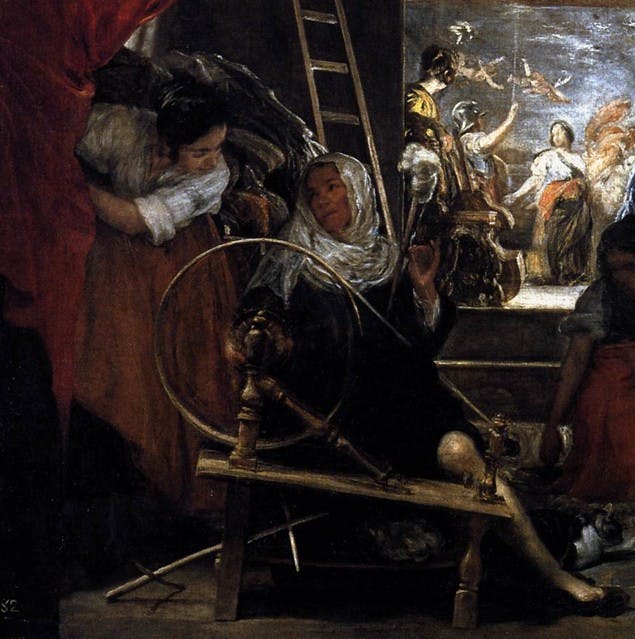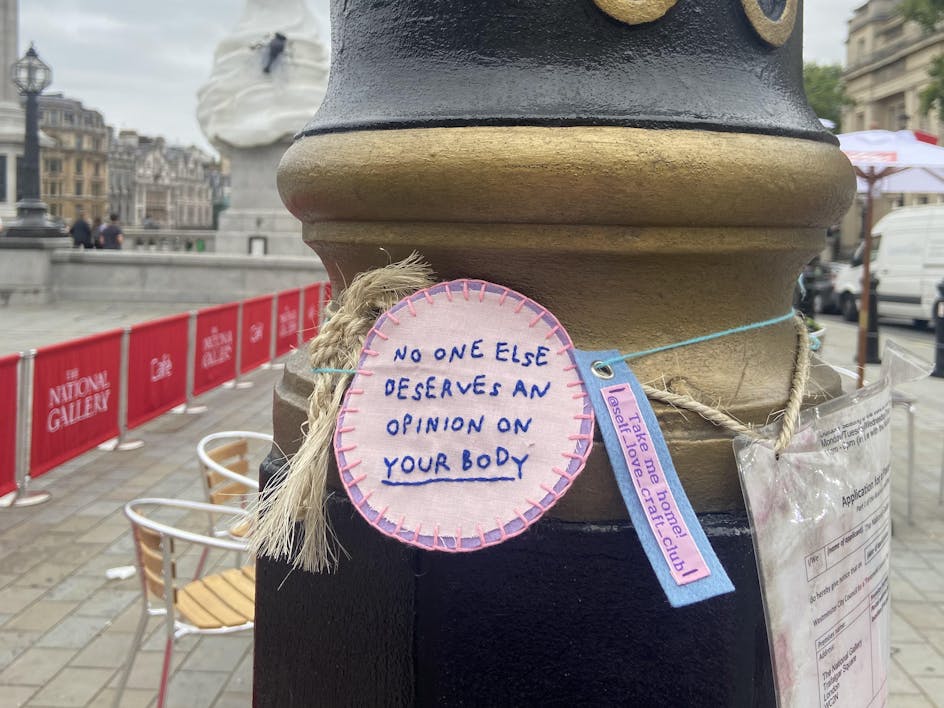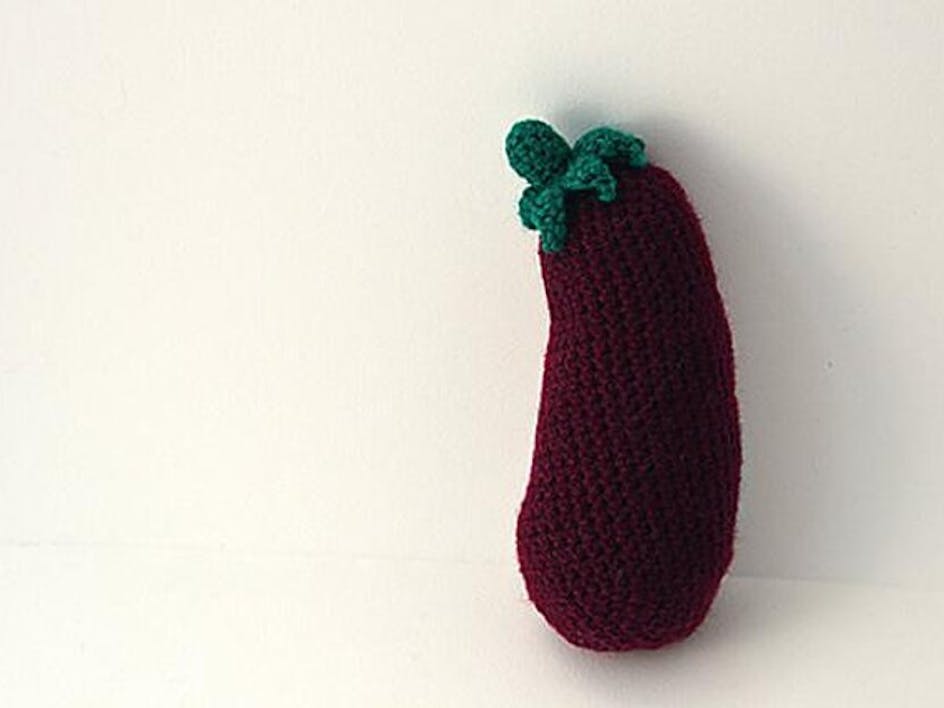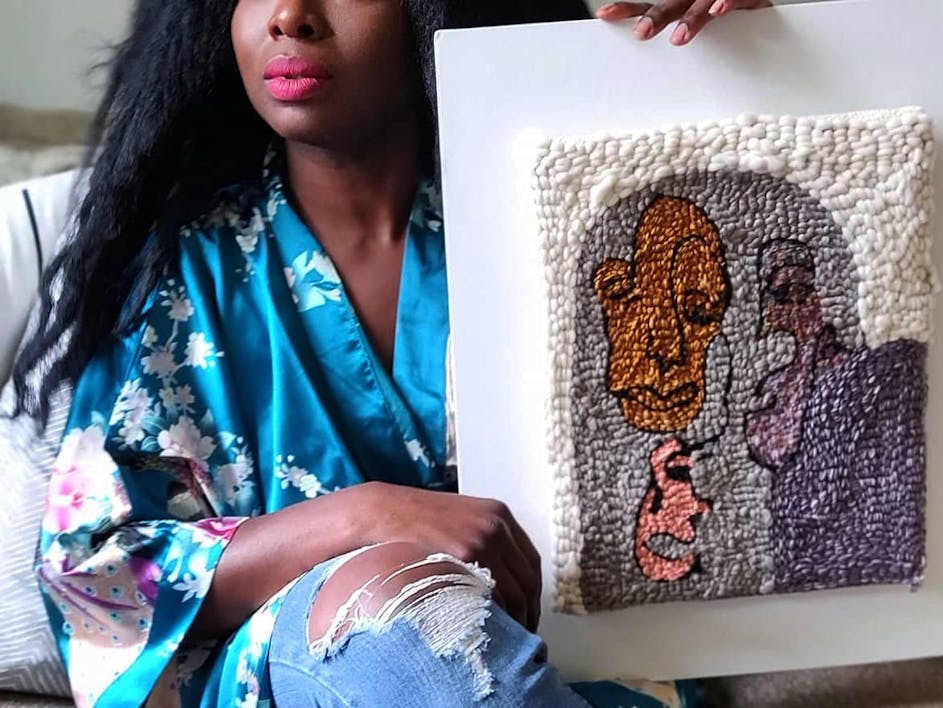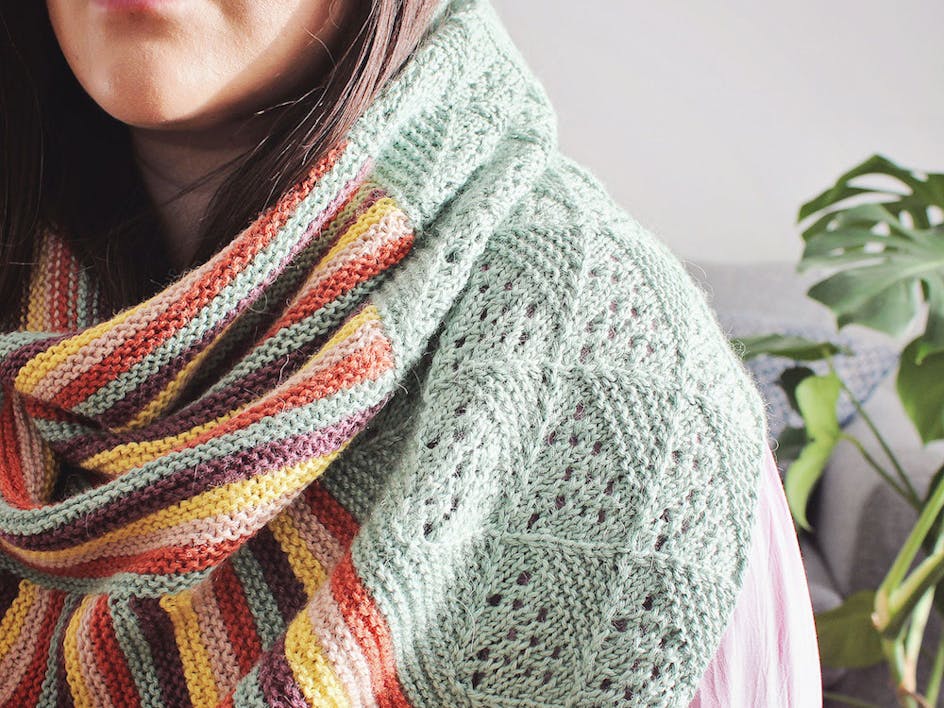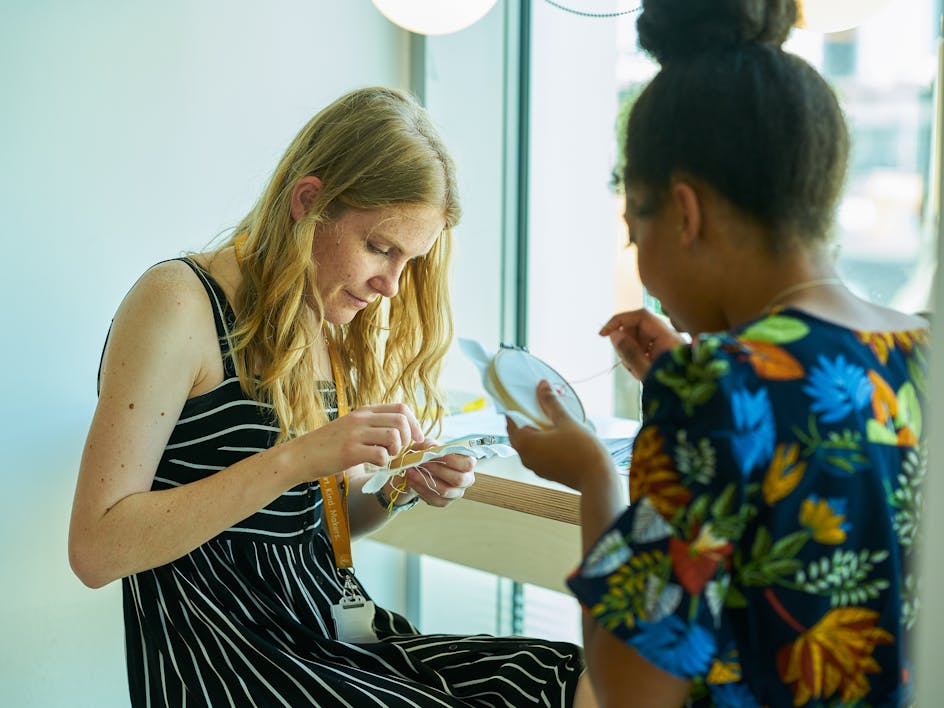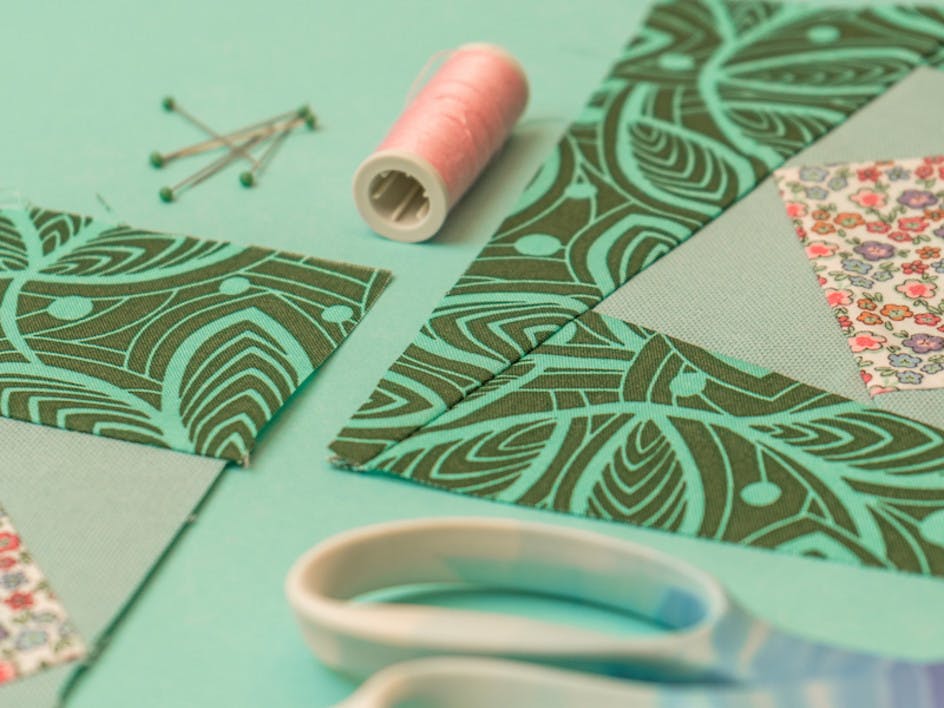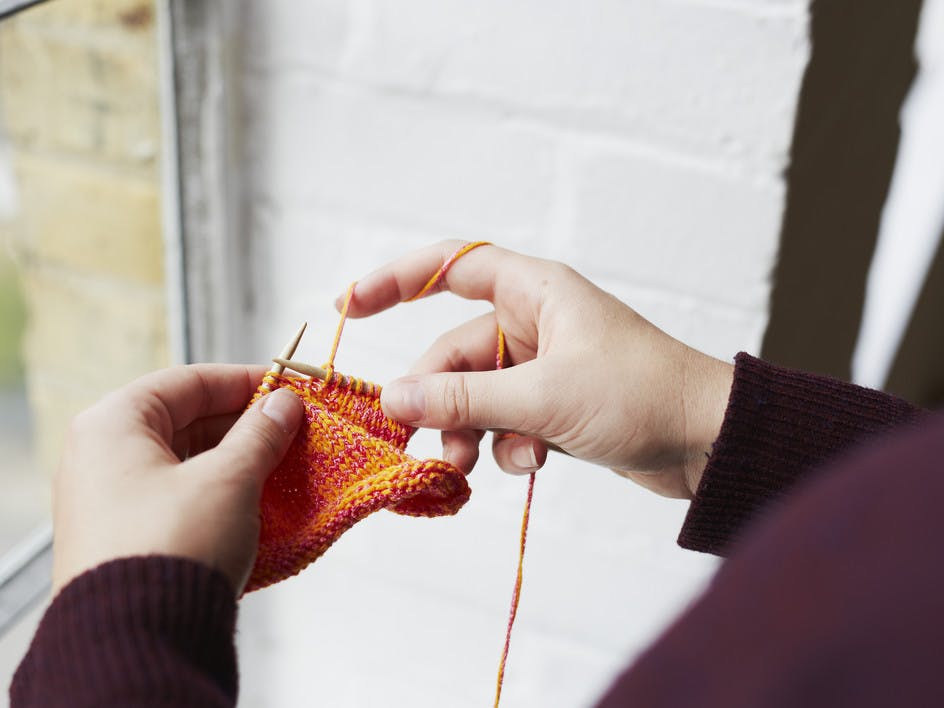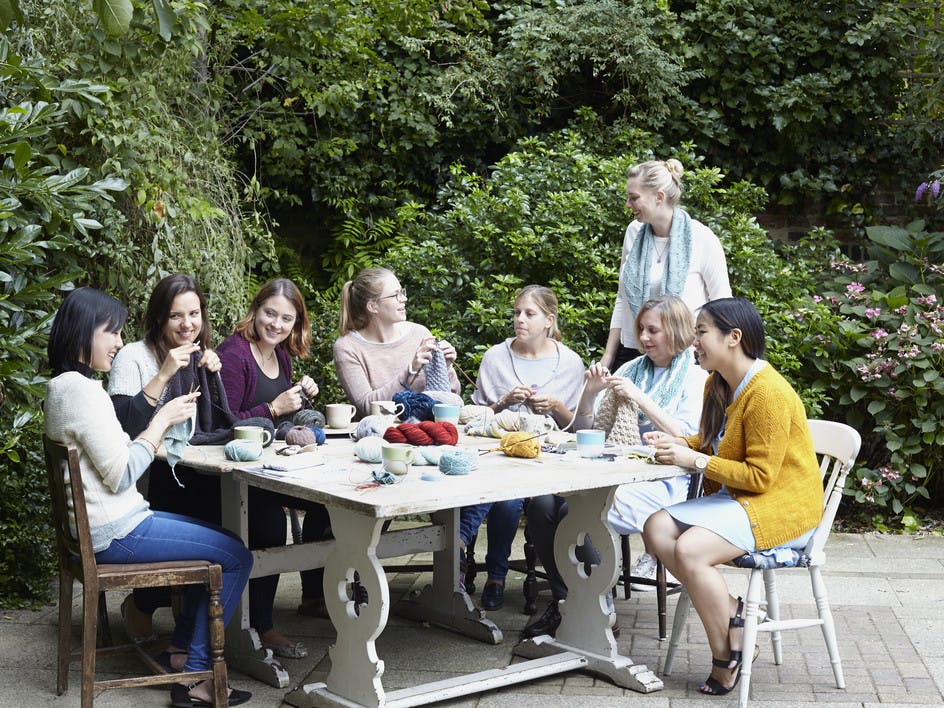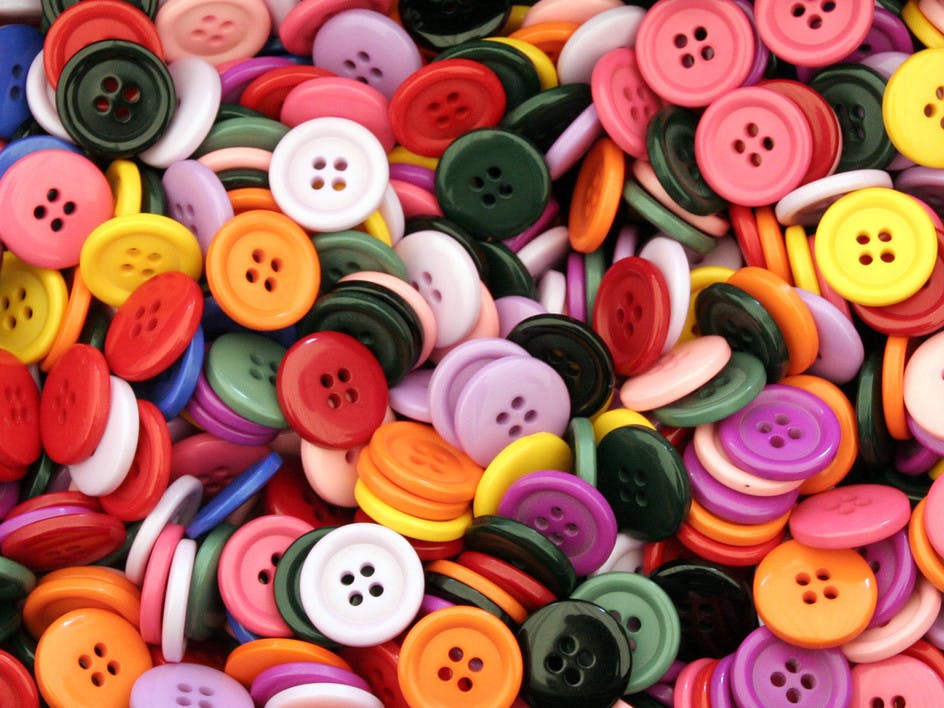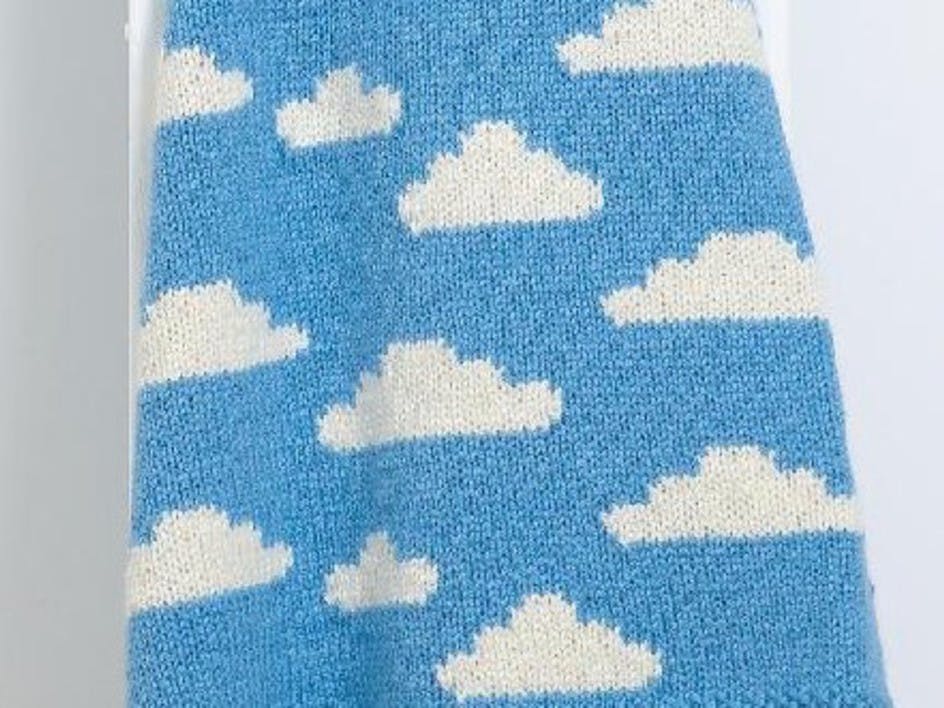10 things you didn't know about knitting
Published on 10 May 2015 By Angie 4 min read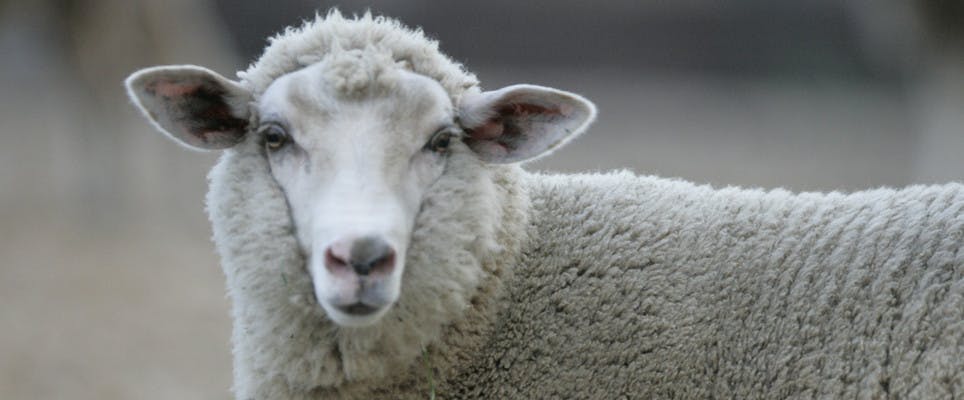
We know the secrets of knitting, purling, and yarn-overs, but what other mysteries lie within the realm of knitting? Angie has rounded up 10 mind blowing facts that you won’t believe.
No one really knows how old knitting is
Knitting is thought to be older than crochet, but younger than weaving. Archaeologists have difficulty determining when knitting first appeared due to the unfortunate fact that knitted fabrics tend to decay with time. Sharpened sticks that are found at dig sites might be knitting needles, or they might be tools used for completely different things. The English word for ”knitting” didn’t appear until the 14th century, and the craft was thought to have originated in the Middle East and brought west by the Crusades.
Antique Dutch knitting needle case from the late 17th century: photo credit – Curiocabinet.co.uk
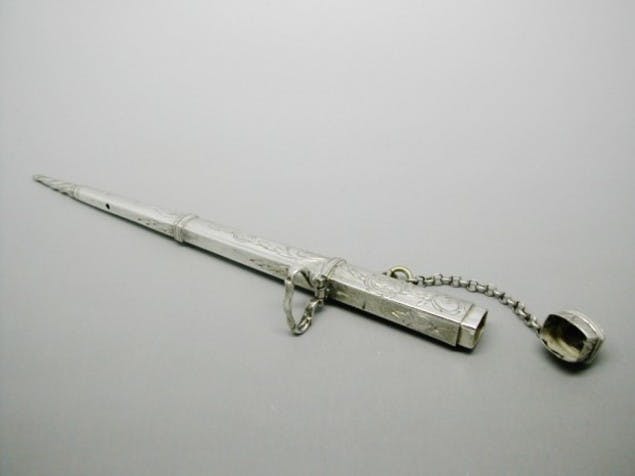
There is a near-identical needlecraft older than knitting
Nålebinding (Danish for ”binding with a needle”) only uses one needle to create this fabric - which is almost indistinguishable from knitted fabric. This technique is like a hybrid of crochet and knitting, where the thread is pulled all the way through a loop, instead of having a working end in crochet. Because of this, the pieces need to be seamed together as a seamless piece of fabric.
Image credit: wikipedia.org
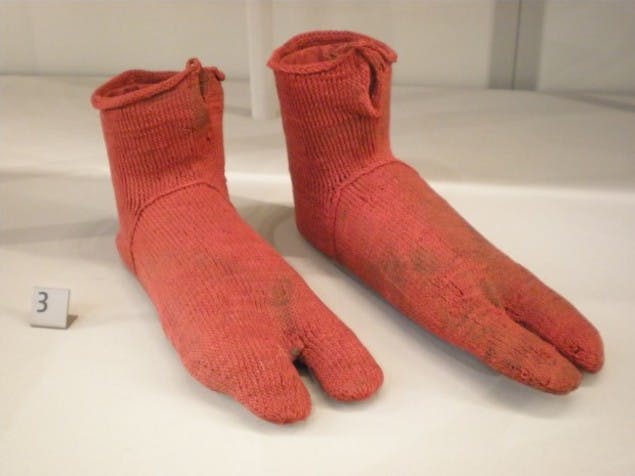
Knitting was once a male-only occupation
Isn’t it interesting how society changes? A craft that’s generally thought of as being ”women’s work” was once a predominately male trade. The first knitting union was founded in Paris in 1527, and you guessed it – no women allowed!
Image credit: flickr.com

The knitting machine was invented in 1589
Invented by an English clergyman by the name of William Lee during the reign of Elizabeth I, the knitting machine changed the way we think about clothing and fabric. The business of making clothing transferred into small cottage industries, making hand knitting non-essential, a leisure activity.
Image credit: flickr.com
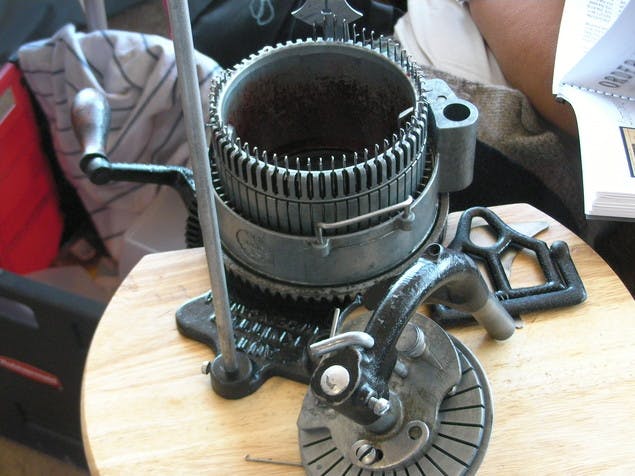
Knitting was considered a national duty during times of war
In many countries, the women who were left behind in times of war were tasked with picking up where the men left off. Their jobs included making aircrafts, weapons, farming, and more; they were also charged with the duty to knit socks, hats, and scarves for the soldiers that were stationed in cold places. Some families sent knitted garments straight to their soldiers, but many knit for any and all soldiers who needed a bit of warmth.
Image credit: thevintageknittinglady.co.uk
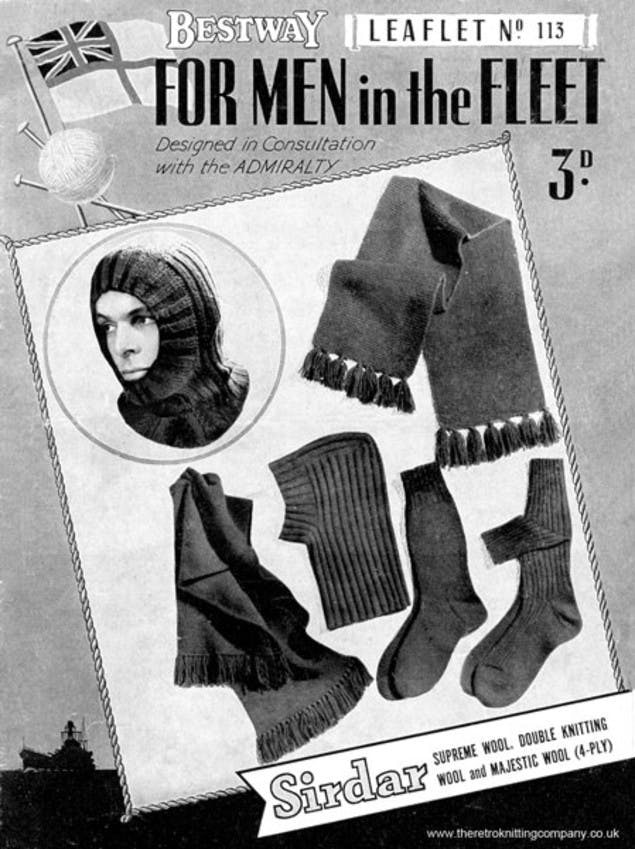
Knitting is healthy
Again and again, studies have proved that knitting reduces blood pressure, decreases heart rate, and has innumerable benefits for mental health as a whole. Knitting spurs a relaxation response by the body, which can help deter illness.
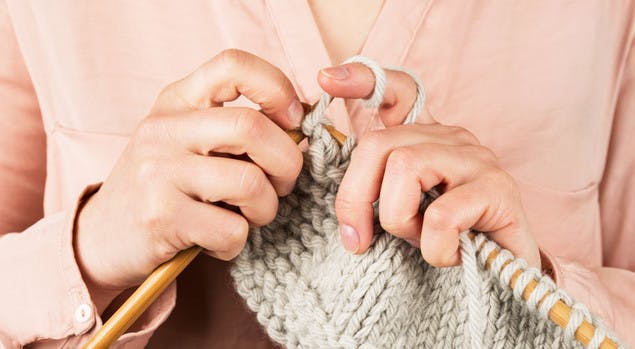
For the first 400 years of knitting, wool wasn’t popular
During the days of early knitting, wool was far from the most popular fibre to knit with – this is likely due to the lack of availability of wool outside of agricultural areas. Cotton and silk were the most popular among knitters for the first 400 – 500 years of the craft’s existence. Eventually wool became the reigning queen of the kit world, and wool farmers began to breed sheep specifically for sustainable, strong, and soft wool, like with the Merino sheep breed. The 21st century has seen a huge resurgence in plant based fibres like bamboo, linen, and cotton.
Image credit: flickr.com

The first knitting pattern book was written in the 17th century
Published in 1611 by Johann Siebmacher, this book contains 126 pages of needlework and colourwork charts, ranging from simple repeating motifs to full, tapestry-like scenes. The graphs on many pages were painstakingly filled in by hand!
Image credit: archive.org
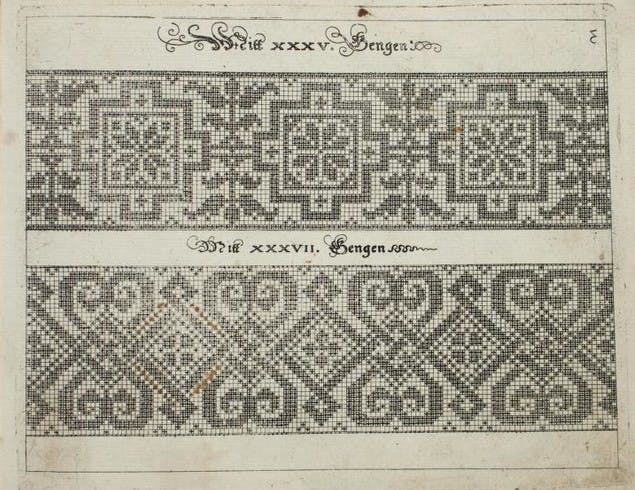
Early needles were made with ivory, bone, and tortoise shell
These early needles were designed to be strong and pointed to facilitate knitting, but used materials that we might think are very strange. Today’s needles can be made with a huge range of materials, from plastic, to aluminum, to bamboo, to beautifully coloured wood.

Even Greek gods and goddesses spun and wove
Precursors to knitting, spinning and weaving are mentioned throughout oral history. One of the most well known tales is that of Arachnae, a mortal woman who was very gifted in the art of weaving (or spinning, as some versions say). She foolishly challenged the jealous goddess Athena, and after they competed, Athena cursed Arachnae with melancholy. After a time, Arachnae decided that life was too much to bear – but Athena took pity on her and let her live as a spider, so as to weave the rest of her days. Arachnae is where we get the scientific term for spider, arachnid! I’m sure many or us have a fear of these creatures, which would be called arachnophobia.
The Fable of Arachnae, by Diego Velazquez
